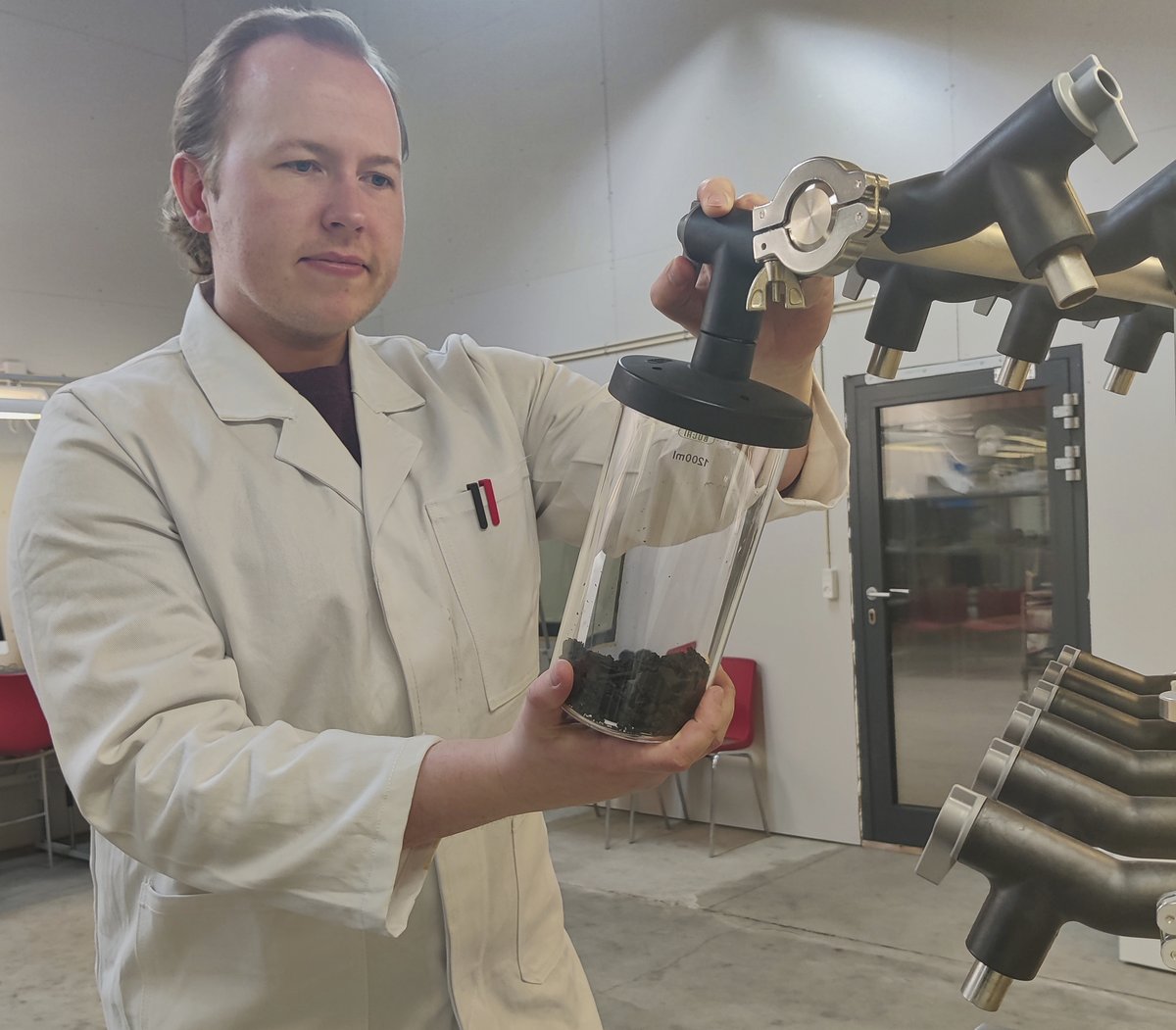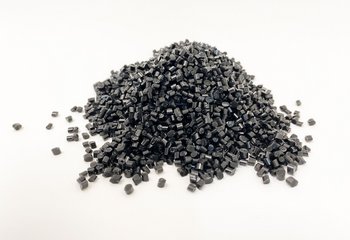When the atomically thin wonder material graphene was discovered in 2004, two challenges subsequently emerged:
How to develop methods to mass produce graphene at a feasible price, and how to make the many promising properties of graphene applicable in practice. (See fact box)
Researchers and students at Aarhus University have now found a single solution to both these challenges, in an open collaborative effort with a number of Danish businesses. The solution is the result of Aarhus University's first open science platform, SPOMAN, the purpose of which is to develop new and smart materials.

The new solution means it is now possible to produce graphene flakes in such a way that they cannot subsequently clump together again and, to modify the flakes so that they match perfectly with the materials they are to interact with.
Production is through exfoliation, during which electrolytic fluids are combined with ultrasound: You put pieces of graphite into a pot with an electrolytic liquid and then separate the graphite into flakes by means of ultrasound and the ions in the liquid which bind to the flakes. It's a bit like using wedges to split a tree trunk.
The chemists have also added molecules to the pot and these attach to the edges of each new thin sheet of graphene.

"Firstly, these molecules prevent the layers from clumping together, which is otherwise a widespread problem in the production of graphene. And secondly, we’ve designed the molecules so that they resemble the material with which the graphene will ultimately be mixed. This means that the graphene can interact with the material. We observed a 15-30 per cent increase in the tensile strength of polyurethane by adding only 0.01 per cent graphene. And it only worked due to the modification with the specially designed molecules," says Andreas Brunsgaard Laursen.
Andreas Brunsgaard Laursen developed the method as a Master's student in collaboration with his supervisors, Professor Kim Daasbjerg and Associate Professor Steen Uttrup Pedersen, and the companies Vestas A/S, SP Group A/S and Newtec A/S.
He was in the same development group as the three companies under the SPOMAN project; a patent-free playground where university researchers and businesses could collaborate across organisational boundaries to generate fundamental, new knowledge which could be made publicly available on an ongoing basis, and which could not be patented by anyone. This meant that anyone was free to use the knowledge produced and subsequently develop their own unique products.
And that's precisely what Andreas Brunsgaard Laursen and his supervisors are doing.
They have founded a spinout company, Danish Graphene ApS, which, headed by Andreas Brunsgaard Laursen, produces graphene that is custom-made for use with specific materials; so far polyurethane and epoxy.
The company has teamed up with Vestas and SP Group and has entered into a research collaboration with the Organic Surface Chemistry group at the Department of Chemistry at AU. Part of this collaboration is through an industrial postdoc.
